இஸ்ரேலின் தொல்லியல் அகழாய்வுகள்படி இஸ்ரேலியர் தாய் தெய்வ வழிபாடு இயற்கை வழிபாடு கொண்டவர்களாக பொமு 6ம் நூற்றாண்டு வரையிலும் வாழ்ந்தனர் என்பது 1000க்கும் அதிகமான பெண் தெய்வ சிலை கிடைத்துள்ளது தெளிவாக காட்டுகிறது
நீதிமொழிகள்: 29:26 . தன் இருதயத்தை நம்புகிறவன் மூடன்; ஞானமாய் நடக்கிறவனோ இரட்சிக்கப்படுவான்.
ஜெருசலேம் மற்றும் லாகீசு
ஜெருசலேம் பொமு 700 -அகழாய்வில் வயிறு, பெரிய கொங்கைகள் சுடுமண் சிற்பங்கள் செழிப்பை தருவாள் எனும் பழைய நாடோடி வேட்டைக் கூட்டத்தை காட்டுகிறது

பொமு 700 வாக்கிலான இடுகாட்டு கல்வெட்டில் யாவேயும் அவரது அஷேராவும் என மிகத் தெளிவாக கிடைத்துள்ளது
Burial inscription from Khirbet el-Quom, 8th cent. BC., Museum of Israel. Inscription: Uriyahu the prince wrote it: Blessed be Uriyahu by Yahweh and his Asherah, for from his enemies he has saved him." (Nick Thompson/ CC BY NC SA 2.0 )
தொல்லியல் ஆய்வுகள்படி இஸ்ரேலியர் தாய் தெய்வ வழிபாடு செய்து வந்தனர் என்பது அங்கு கிடைத்த 1000க்கும் மேற்பட்ட யாவே தெய்வத்தின் மனைவின் எனும் அஷேரா உருவங்கள் காட்டும்.
ரோம் காலம் முன்பு இஸ்ரேலில் நாடோடி, வேட்டை, ஆடு மேய்க்கும் கூட்டமாக நாகரீகம் வளர்ச்சியில்லா சமூகம்
கிரேக்கர் காலம் முன்புவரை நாகரீக வளர்ச்சி இல்லாத நாடோடிகளாய் வேட்டை ஆடல், ஆடு மேய்த்தல் போன்ற தொழில் செய்து வாழ்ந்தனர், எந்த ஒரு பெரு நகரமோ, நாகரீகமான கட்டுமானமோ இருந்தமைக்கு தொல்லியல் சான்றுகள் இல்லை.
Bible As Literature, Oxford University Press, written by 3 Professors John.A.Gabel, Charles B.Wheelr and Antony.D.York.
The small Corner of the Eastern Mediterranean, we have to keep reminding ourselves that it take up only Lower Third of that coast- particularly speaking was the Whole World to them.
Page-77
எபிரேயர்கள் அந்த சிறிய பாலைவன நாட்டை தங்கள் புராணக் கதையில் புனையப்பட்ட தேர்ந்தெடுக்கப்பட்ட நாடு, மக்கள் என்பதை அப்படியே ஏற்று அந்த சிறு பகுதியில் வாழ்ந்தனர். அந்தக் கடற்கரையேரப் பகுதியின் சிறு பகுதியே அவர்கட்கு முழு உலகமும்.
images
With Just a Few Exceptions, No Canaanite Or Israelite City before the Roman Period occupied more area than that of an American University Football Stadium, most Villages were hardly bigger than the Playing Field itself. King’ David’s Jerusalem is estimated to have measured about 300 x 1300 foot. Inside the City-walls houses would be crammed together according to no particular pattern, leaving room for Passages but not for Streets. Before the Greek Period there were no Public Building of the Kind that we take for granted, provided by the Municipal Government.
Pages- 87,88
ஒரு சில தவிற கானானிய அல்லது இஸ்ரேலின் எந்த ஒரு நகரமும் ரோமன் எகாதிபத்த்ய ஆட்சிக்குக் கீழ் (பொ.ச.மு.63) வரும் முன்பு ஒரு அமெரிக்க கால்பந்து மைதான அளவு தான் இருந்தது. கிராமங்கள் கால்பந்து விளையாடும் பகுதி மட்டும் தான். தாவிதின் ஜெருசலேம் என்பது 300’ -1300 அடிகல் கொண்டது. ஜெருசலேம் நகர எல்லைக்குள் வீடுகள் கொச்சை- கொச்சையாக ஒரு வரிசையின்றி, செல்வதற்கு சிறு பாதை மட்டும்- தெருச் சாலை கிடையாது. கிரேக்கர் ஆக்கிரமிப்புக்கு முன் பொது மக்களுக்கு என அரசினால் ஏற்படுத்தப்படும் எந்த ஒரு பொதுக் கட்டங்களும் கிடையாது என்பது பழைய ஏற்பாடு -கொண்டு வரலாற்று ஆசிரியர்கள் தரும் உணமை.
Foreign Countries appear in the OT only as Military Allies or Enemies of the Israelites or as the Habitat of Alien Gods; otherwise, not a Slightest interest is shown in them.
Page-77
The Best Opportunity for Economic Development, it might seem was One they never took; Commerce by Sea with Mediterranean always at their door, the Israelites stubbornly remained a Land Locked People. They were effectively Shut off from the Coast at first by the Philistines, but the warfare between the two, more had to do with the Philistines attempt to expand toward the east than with any desire of the Israelite to gain access to Sea. Although the Palestinian Coast has no natural Harbors south of Carmel, this need not have been a Permanent Obstacle.
The Israelites were Content to Let others – Phoenicians and Egyptians conduct their Merchant Shipping for them, almost as though they Believed the Covenant Language in its Narrowest Sense as a Promise of Land and Nothing Further.
It is clear from their writings in the OT THAT THE SEA WAS ALWAYS to them, had no significant part to Play in their Thought.
Pages 86-87.
வெளிநாடுகள் பழைய ஏற்பாட்டில் ஒரு ராணுவ ரீதியான் நட்போ-எதிரியோ என்றும், இஸ்ரேலின் சிறு எல்லைக் கடவுள் கர்த்தர் தவிற மற்ற கடவுள்களின் மக்கள் என்றே பார்த்தனர், மற்றபடு மற்றநாடுகளைப் பற்றி சிறு ஆர்வமும் இல்லை.
பொருளாதார வளர்ச்சிக்கு இருந்த எளிதான வாய்ப்பான- கடல் வாணிகம் எப்பொழுதுமே செய்யவில்லை, தங்களை அந்த தரைப் பகுதி எல்லையினுள் அட்க்கி வாழ்ந்தனர். ஆரம்பத்தில் பிலிஸ்தியரால் கடல் வாணிகத்தில் ஈடுபடுவதைத் தடுக்கப் பட்டாலும், இருவருக்குமான போர்கள் பைபிள்படி- பிலிஸ்தியர் இஸ்ரெலை ஆக்கிரமிப்பு தடுக்கவே. எந்த ஒரு தடுப்பும் இன்றியும் கடலோர நாடான இஸ்ரேலியர் கடல் வாணிகம் செய்யவே இல்லை.
இஸ்ரேலியர்-பக்கத்து நாட்டினர் பினீசியர்கள்- எகிப்தியர் கடல் வாணிகத்தில் ஈடுபடவிட்டனர். இஸ்ரேலியர்-பழைய ஏற்பாட்டின் மூட நம்பிக்கையான தேர்ந்தெடுக்கப் பட்ட பகுதி- தேர்ந்தெடுக்கப் பட்ட மக்கள் என்ற ஒரு சிறு விஷயத்திலேயே உழன்றனர்.

































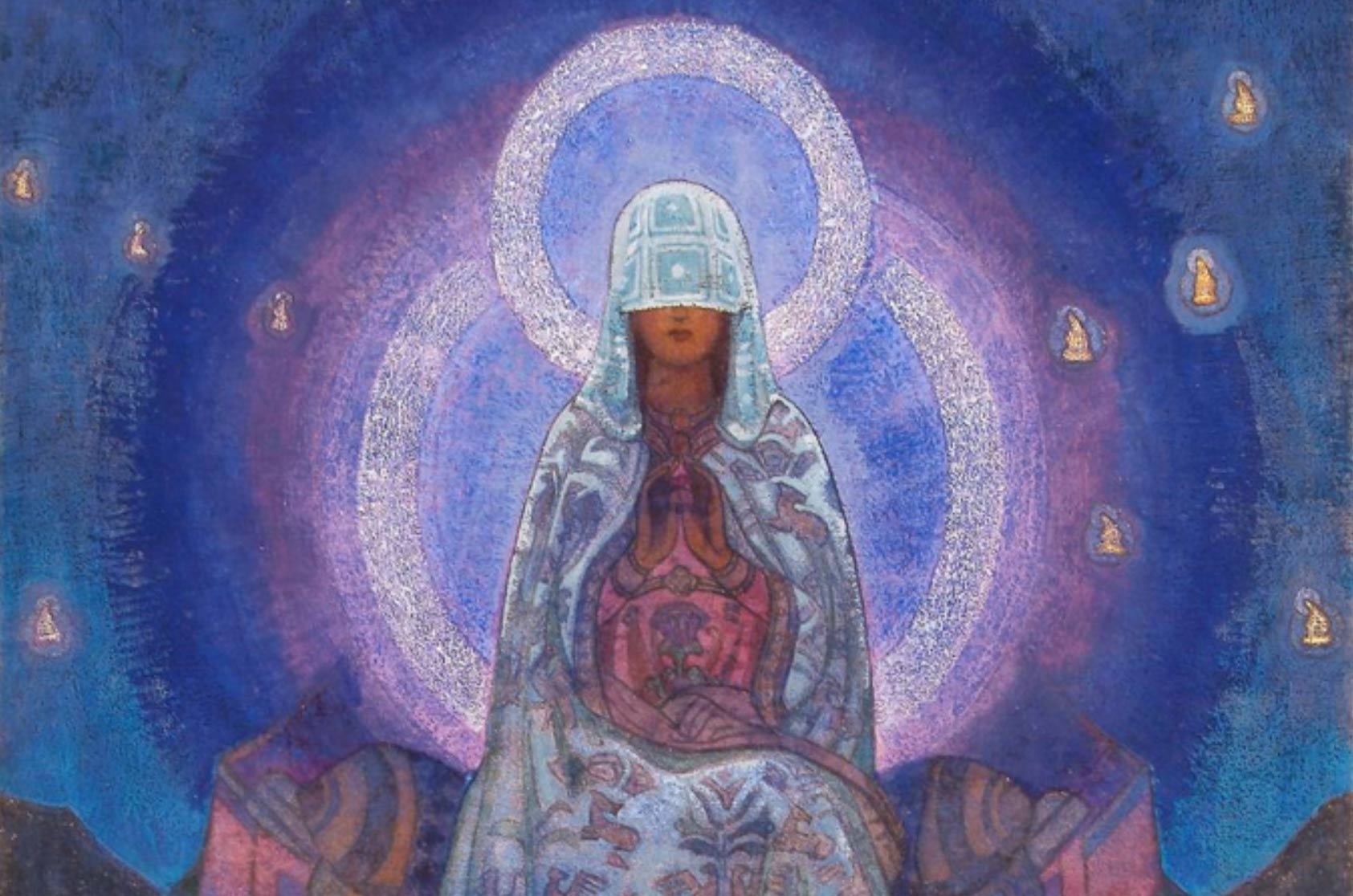
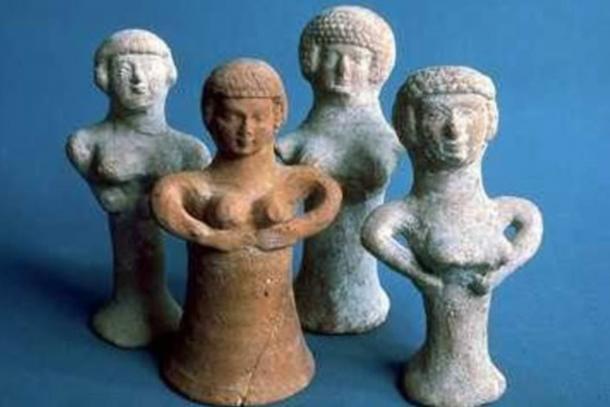
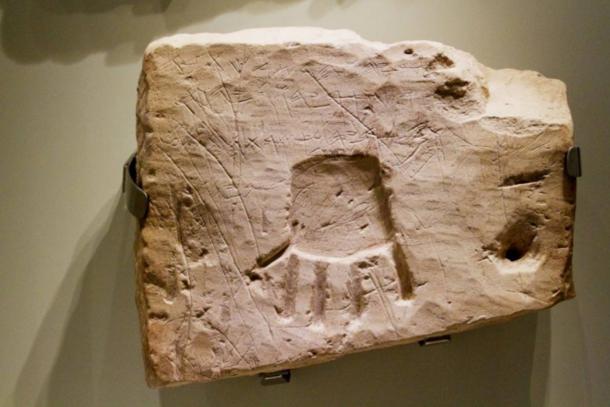
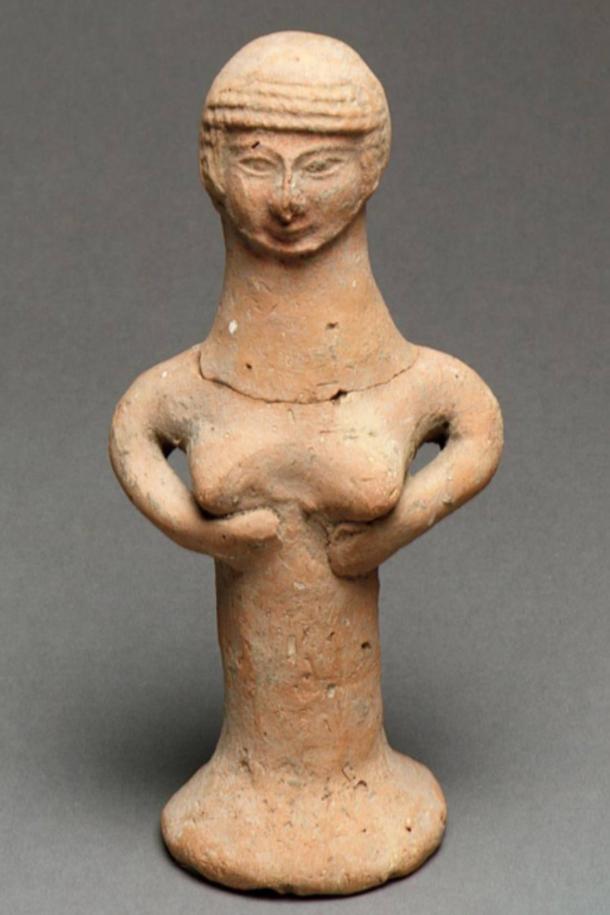
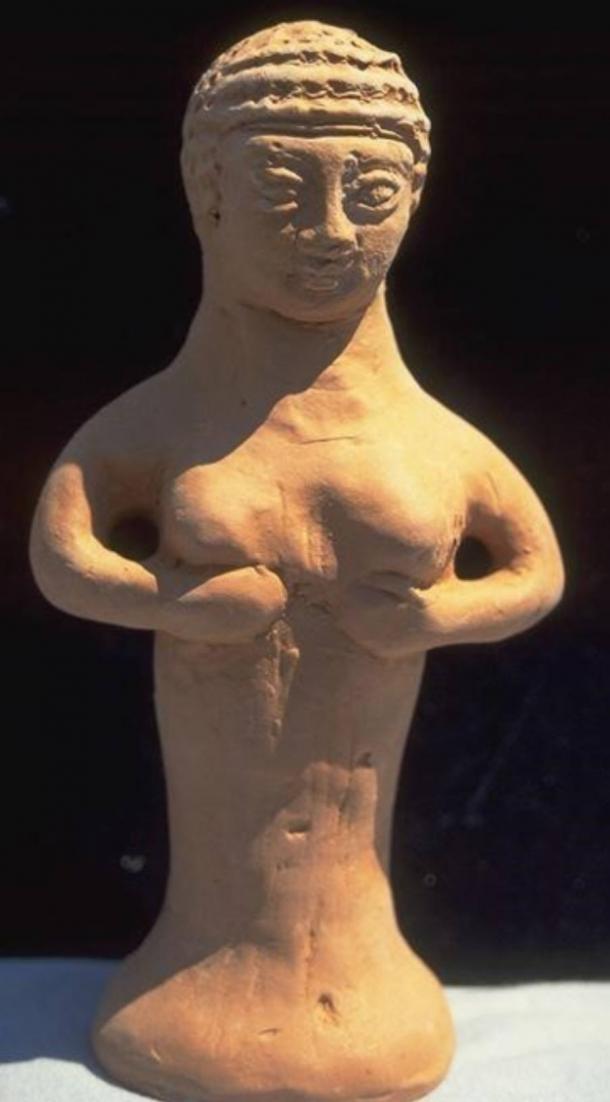
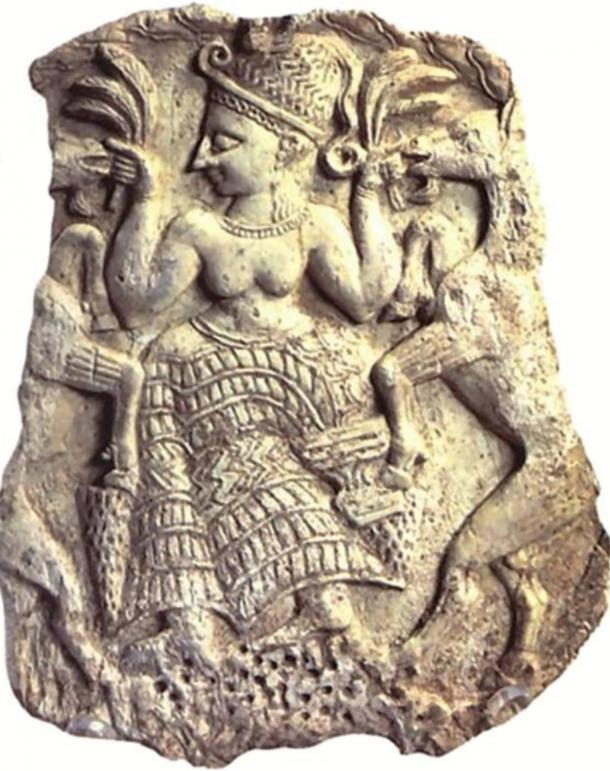

No comments:
Post a Comment